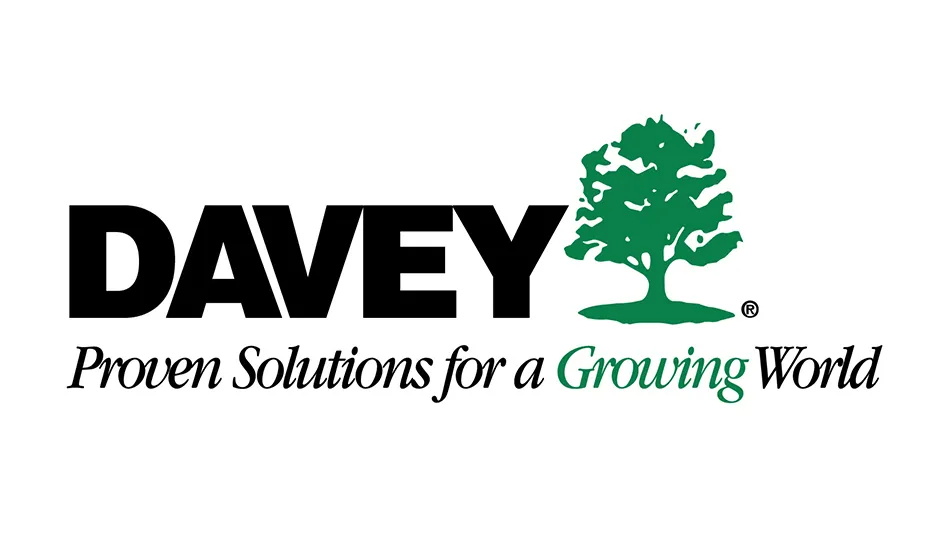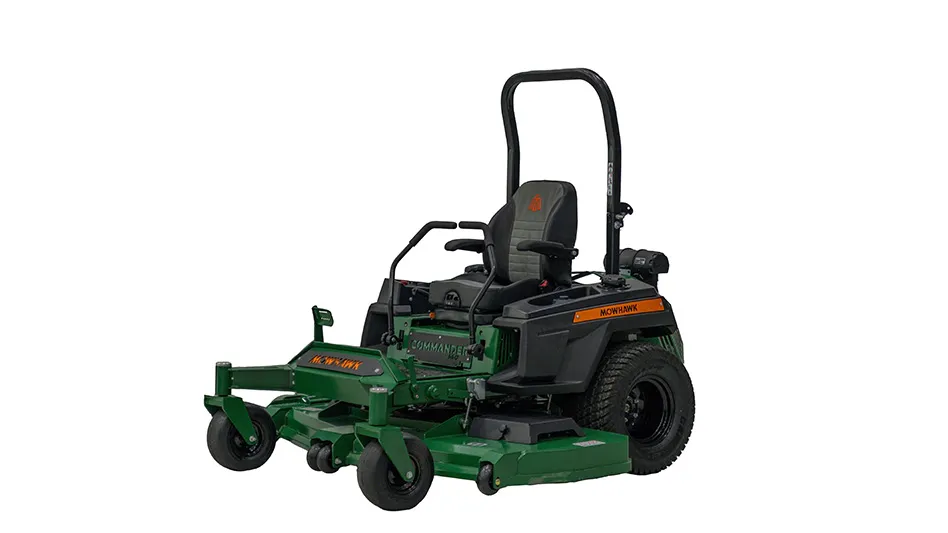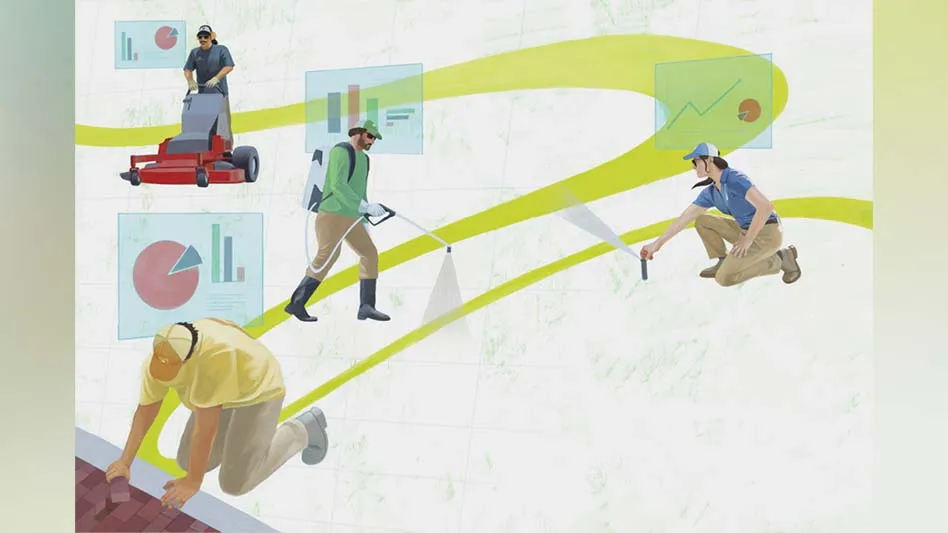More than 300 million people in the United States potentially could directly view the Aug. 21 total solar eclipse, and NASA wants everyone who will witness this celestial phenomenon to do so safely.
That Monday, a partial eclipse will be visible in every state. A total solar eclipse, which is when the moon completely covers the sun, will occur across 14 states in the continental U.S. along a 70-mile-wide (112-kilometer-wide) swath of the country.
It’s common sense not to stare directly at the Sun with your naked eyes or risk damaging your vision, and that advice holds true for a partially eclipsed Sun. But, only with special-purpose solar filters, such as eclipse glasses or a handheld solar viewer, you can safely look directly at the Sun.
NASA recommends that people who plan to view the eclipse should check the safety authenticity of viewing glasses to ensure they meet basic proper safety viewing standards.
Eclipse viewing glasses and handheld solar viewers should meet all the following criteria:
· Have certification information with a designated ISO 12312-2 international standard
· Have the manufacturer’s name and address printed somewhere on the product
· Not be used if they are older than three years, or have scratched or wrinkled lenses
· Not use homemade filters
· Ordinary sunglasses -- even very dark ones -- should not be used as a replacement for eclipse viewing glasses or handheld solar viewers
Visit nasa.gov for full story.
Need viewing glasses or want to ensure yours are safe and compliant? Visit eclipse.aas.org for a list of reputable vendors.





